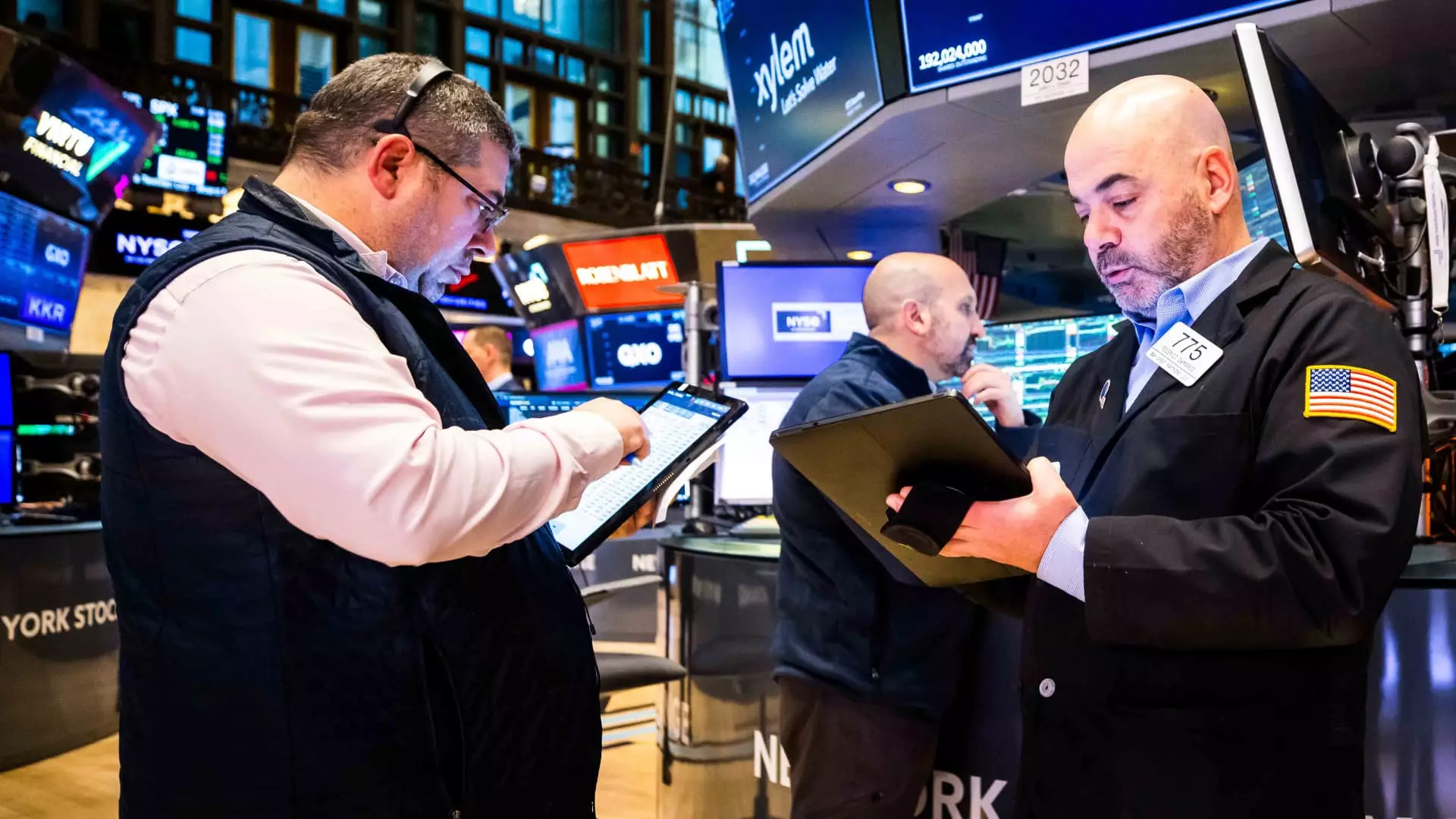The practice of stock picking—selecting specific stocks rather than investing in a market index—might seem straightforward to the untutored observer. However, a closer examination reveals a much more complex and challenging environment for active fund managers. Insights from the investment community draw clear distinctions between active management and passive investment strategies, showcasing the inherent difficulties faced by those who opt for the hands-on approach.
Recent reports from S&P Global expose the stark reality of the active management landscape. Alarmingly, 73% of active fund managers fail to outperform their benchmarks within just a year. As time progresses, this figure only worsens; after five years, a staggering 95.5% of these managers lag behind market averages. The statistics compound over a 15-year horizon, where it is revealed that virtually no active managers achieve superior returns. This trend, as veteran industry analyst Charles Ellis articulates, underscores a structural challenge for active management—a realm he believes is becoming increasingly crowded and competitive.
This trend of underperformance raises a valid question: if active management is fraught with these difficulties, why do so many investors remain engaged in this strategy? The allure of potential high returns often masks the underlying statistical reality, leading investors to chase short-term success rather than focusing on long-term viability.
The sweeping popularity of passive investing—particularly through low-cost index funds—has changed the investment landscape considerably. Speedy advancements in financial technology have made index investing accessible to the average individual investor, thereby placing immense pressure on active managers. While Ellis contends that the persistence of active management is not going away, he acknowledges that it is increasingly difficult for managers to carve out an advantage in the marketplace, given the number of talented individuals vying for the same results.
In this context, Dave Nadig, a prominent figure in the ETF (Exchange-Traded Funds) landscape, highlights the recent surge in active management inflows. Yet, he quickly points out that these inflows pale in comparison to the tremendous growth experienced by index funds and ETFs. The overwhelming majority of investor dollars are being funneled into broad-market index funds, which cater to a substantial, albeit less sophisticated, portion of the investment community.
While the growth of ETFs has democratized investing, Ellis expresses cautious concern regarding the trend towards highly specialized and narrowly-focused ETFs. He warns that many of these funds are engineered more for the profit motives of their sales teams than for the benefit of the investor. Such products can lead to a mismatch between what investors truly need and what is available in the market.
Ellis emphasizes particular caution regarding leveraged ETFs, designed to amplify returns but equally capable of magnifying losses, thus presenting substantial risk without adequate reward. It presents an enticing chance for explosive upside yet exposes investors to the possibility of explosive downside, making careful selection imperative.
As technology evolves, it plays a pivotal role in the investment ecosystem, transforming how stock picking is performed. High-speed data analysis and sophisticated algorithms have become commonplace, making it increasingly difficult for traders to gain a competitive edge. Nadig aptly observes that everyone has access to advanced technology, leading to an environment where the historical advantages of skilled traders become diminished.
Ellis poignantly captures this paradox when he likens the current trading environment to playing poker with all the cards face up: the advantage that was once held by adept stock pickers is now neutralized. Instead of individual brilliance yielding significant advantages, the collective skill and technology of all active managers result in a balancing effect, effectively reducing the chances of outperforming market averages.
As our exploration of the dynamics between active and passive management reveals, stock picking is not for the faint of heart. The landscape is fraught with challenges, and the overwhelming majority of active managers struggle against the wind of statistical underperformance. While technological advances offer tools for traders, they also create a level playing field that makes it increasingly difficult for any one strategy—be it active or passive—to consistently excel. Ultimately, investors must weigh the risks and rewards carefully, choosing strategies that align with their long-term objectives while remaining aware of the complexities inherent in the market.

